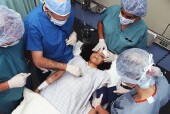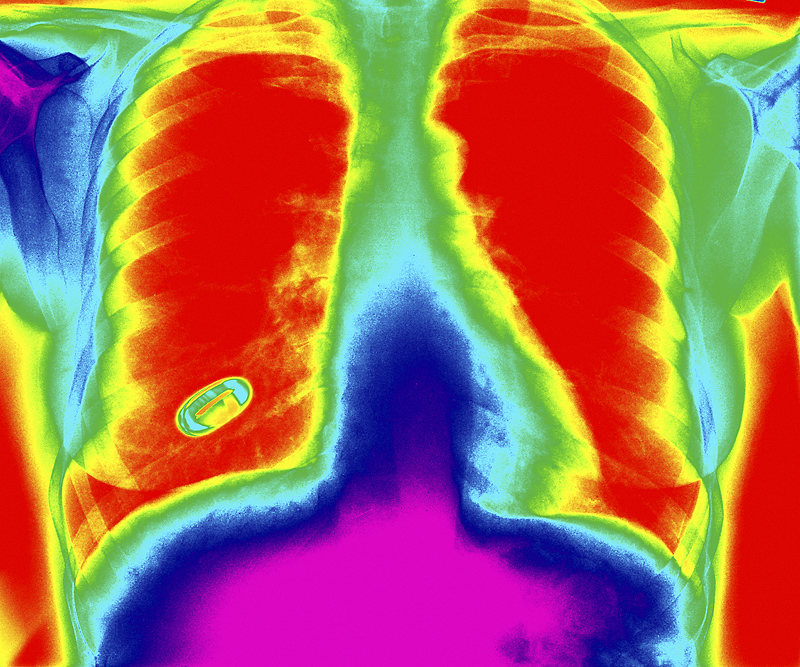
MONDAY, Aug. 9 (HealthDay News) — A woman’s heart rate and blood pressure response to receiving a ventilation tube when undergoing surgery varies at different times of the menstrual cycle, researchers have found.
Placement of a ventilation tube (tracheal intubation) is done after a patient has received general anesthesia and is unconscious. Even so, placement of the breathing tube in the windpipe is often accompanied by a rise in blood pressure and heart rate as the body responds to this unpleasant stimulation.
In the new study, Turkish researchers analyzed the effect of the menstrual cycle on heart rate and blood pressure response to tracheal intubation in 62 healthy women. Half the women were in the follicular phase of the menstrual cycle (one to 12 days after the start of their last period, when hormone levels are lower), while the other half were in the luteal phase (the phase after ovulation).
Both groups of women showed a significant increase in heart rate and blood pressure after tracheal intubation, but, overall, the heart rate and blood pressure response was about 30 percent greater among women in the luteal phase of their menstrual cycle.
The reasons for this difference aren’t known, but may be due to increased sympathetic nervous system responsiveness, said Dr. Volkan Hanci, of Zonguldak Karaelmas University in Turkey, and colleagues.
Their study is published in the August issue of the journal Anesthesia & Analgesia.
“The hormones that govern the menstrual cycle, estradiol and progesterone, have significant analgesic properties. It is not surprising that fluctuations in these hormones might be associated with different responses to tracheal intubation, depending on the phase of the menstrual cycle,” journal editor-in-chief Dr. Steven L. Shafer of Columbia University said in a news release from the journal’s publisher.
“This suggests that the best time for surgery is right after menses, in the follicular phase,” he added.
More information
The U.S. National Library of Medicine has more about tracheal intubation.

